Recently, “AI” machine-learning technologies have been creeping their way into artistic fields in both entertaining and harmful ways. While some AI content creators are just making videos for harmless fun, others, like the creators of a recent AI-generated anime short, wrongfully believe they’ve democratized the animation industry when they’ve really just come up with a more technologically demanding method of plagiarizing other artists.
Earlier this week, Corridor Digital, a Los Angeles-based production studio that creates pop culture YouTube videos, uploaded a video called “Anime Rock, Paper, Scissors.” Written and directed by Niko Pueringer and Sam Gorski, it revolves around two twins vying for the throne left vacant by their recently deceased father. Their battlefield? A game of rock, paper, “twin blade.” By leveraging the machine-learning text-to-image model Stable Diffusion, Corridor Digital gave camera footage filmed in front of a green screen a dramatic anime-like appearance. It’s basically AI-assisted rotoscoping. You can watch the video below.
Read More: Netflix’s AI Anime Gets Roasted For Crediting Artist As ‘Human’
“It’s part of our humanity to try and visualize things that don’t exist. Like, let’s talk about traditional 2D animation. Cartoons, the most creatively liberating medium, is also the least democratized. It takes incredibly skilled people drawing every single frame of your movie to make it happen,” Pueringer said in a separate YouTube video, titled “Did We Just Change Animation Forever?” “But I think we came up with a new way to animate. A way to turn reality into a cartoon and it’s one more step toward true creative freedom where we can easily create anything we want.”
In a pinned comment underneath, Pueringer wrote that their AI-driven animation production technique isn’t meant to replace human animators but as a means to bring visual ideas to life without the “near-insurmountable mountain of work” that a large animation studio with a large budget would need to get the job done.
“Imagine one person, or a few friends, bringing their crazy ideas to life. Imagine if a traditional animator could automatically have their drawings inked and colored. Imagine eliminating the uncanny valley on CGI faces. These tools have the potential to do that. We’re trying to figure out how, and sharing our journey. If we want community-controlled AI tools, we need to develop them as a community, otherwise, they become proprietary tools locked behind a company,” Pueringer wrote.
G/O Media may get a commission
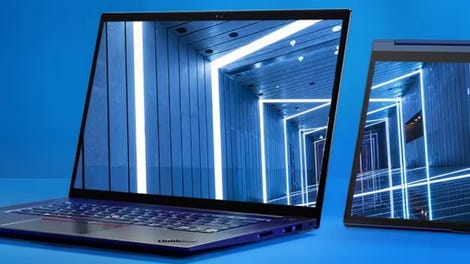
Up to 52% off
Custom Lenovo Laptops or PCs
Pick your processor, RAM, GPU, and more
Whether you are in the market for a new laptop or desktop or if you a specifically looking to build something to game on, you can do so here and you’ll save up to 52% off.
In an email with Kotaku, Peuringer said that although someone can train an AI model to learn the styles of many artists, it’s incorrect to assume that is the technology’s sole use case.
“Through this experiment, we’re figuring out how we can use [our] own art with these tools to speed up the process. ‘Anime Rock, Paper, Scissors’ is the first step in our experiments [in] figuring out how any of this works in the first place,” Pueringer said.
Feeding an AI model data isn’t creating art
Despite how appealing the AI behind ‘Anime Rock, Paper, Scissors’ may seem to Corridor Digital’s fans, the group’s AI-powered anime is yet another harmful innovation in the animation industry because it steals from real artists in ways that seem little different than the prospect of other machine-learning technologies copying and selling actors’ voices without consent.
Unlike the breathtaking Dragon Ball Z fan film, Dragon Ball: Legends—which took the indie studio Studio Stray Dog four years to make—Corridor Digital’s attempt at recreating the passion and energy displayed in early-aughts anime comes off as violently hokey and embarrassing because it’s a soulless recreation of animation techniques haphazardly strewn together without any technical skill or artistic merit.
Despite acknowledging the fact that anime is about tying visual language to a story through stylized metaphors and art direction, Pueringer revealed that Anime Rock, Paper, Scissors’ visual style was made by feeding their Stable Diffusion AI model background art and character images they took from the early aughts fantasy anime film Vampire Hunter D: Bloodlust.
“We tried to grab frames of like different people, some face shots, some torso shots, full body shots, hands, hair, even some abstract things like flowers because, with all these different objects—with each picture effectively being a different object and a different character—when we train the model, it’s not going to learn any single subject. Instead, it’s going to learn the style in which all of these subjects were drawn,” Pueringer said.
Ultimately, Corridor Digital’s trained model shat out a TikTok filter-looking mess in which over-the-top shadow effects constantly clipped through character models, despite their technologies’ best attempts to prevent any kind of uncanny valley flickering you’d see in an anime-filtered Snapchat video. Claiming that you understand the visual language that anime studios strive to portray while blatantly copying the art style of anime studio Madhouse’s work literally frame by frame isn’t a “democratization” of anime creation. That’s just being a hack.
While many of Corridor Digital’s YouTube commenters see Anime Rock, Paper, Scissors as a means to make content creation more accessible, others viewers thought the video was an insult to human animators.
“This just seems like a way for tech guys to force their way into the artist’s circle while simultaneously stealing actual artists’ work to use for their ai to learn off of. They should show this to the actual animators that visit them, I wonder how they’d react,” YouTube commentator SouperRussian wrote in response to Corridor Digital’s “Did We Just Change Animation Forever?” video.
Many workers within the animation industry hate it
Unlike many of Corridor Digital’s social media fans, fellow YouTuber animator Ross O’Donovan thinks Corridor Digital’s AI anime is walking on thin ice with professional animators. O’Donovan advised Corridor Digital to find “a first aid kit” to prepare for the discourse that would transpire should it talk to an actual group of animation industry professionals. He specifically suggested Corridor Digital sit down with folks like the team behind Netfllix’s Castlevania series to hear what they think about the creation process of Anime Rock, Paper, Scissors.
Turns out Corridor won’t need to hit Castlevania director Samuel Deets’ line, because he’s already made his opinion known to the public. Deets disagreed with Corridor Digital’s claim that their AI tool was “one step toward true creative freedom,” that would democratize the animation industry. Instead, Deets tweeted that Corridor Digital are just “lazy thieves spitting on an entire art form.”
“When AI dudes say ‘democratize’ they just mean ‘steal’ and ‘exploit,’” Deets replied in a Twitter thread.
Deets wasn’t alone in his sentiments toward Corridor Digital’s advocacy for machine learning models in the animation industry. “This absolutely sucks, hope this helps,” Toonami co-creator Jason DeMarco wrote in a tweet. Ralph Bakshi, the legendary underground animator behind Fritz the Cat and the 1978 Lord of the Rings animated film didn’t dignify Corridor Digital’s claim with a response. Instead, Bakshi simply replied “no comment” in response to a tweet cheerleading Corridor Digital’s “incredible” AI-powered anime.
Despite the online backlash Corridor Digital received from folks within the animation industry, Pueringer believes that Anime Rock, Paper, Scissors isn’t any less ethical than the other pop culture-related YouTube videos they’ve uploaded to their channel “to tell their story.”
In a post on the r/Corridor subreddit, Peuringer noted that while sudden change can be a scary thing, “especially if it feels like your passion or livelihood is on the line,” Corridor Digital is exploring the use cases of their AI model as a means to “help shine a light into the fog for everyone” wanting to bring their imaginations to life.
“I see potential for tools like these to let an animator let this process propagate their ink and color easily across [an] entire shot, for example. It’s potential like that that gets me excited about this tech, and why we do these experiments in the first place,” Pueringer told Kotaku.

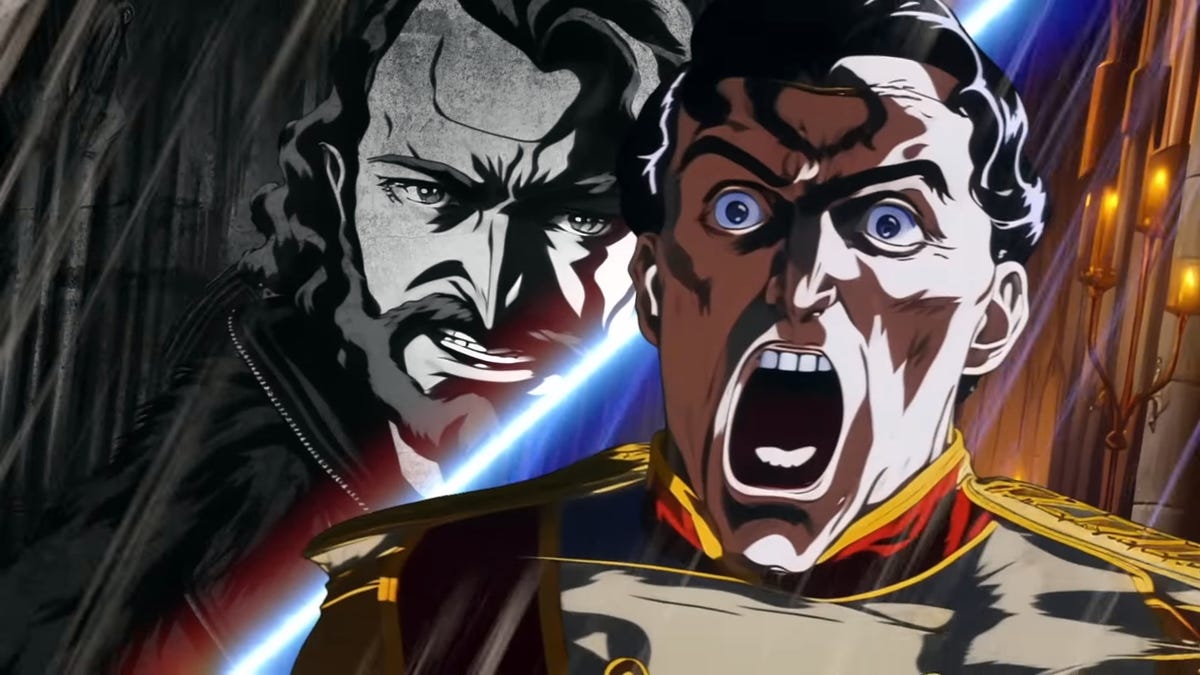
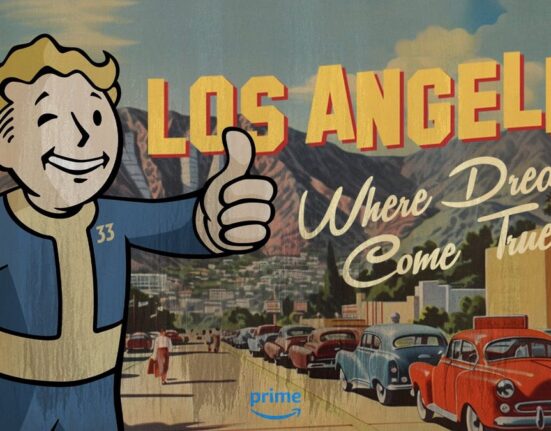
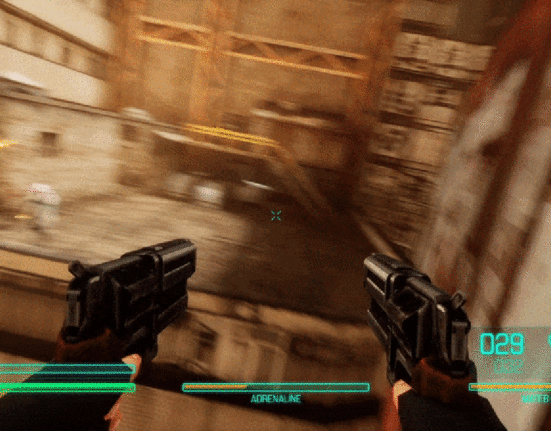
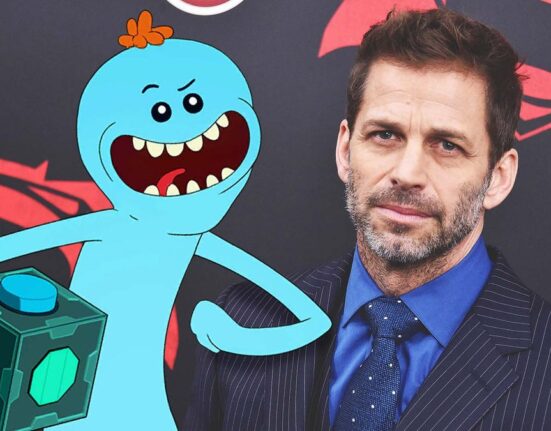
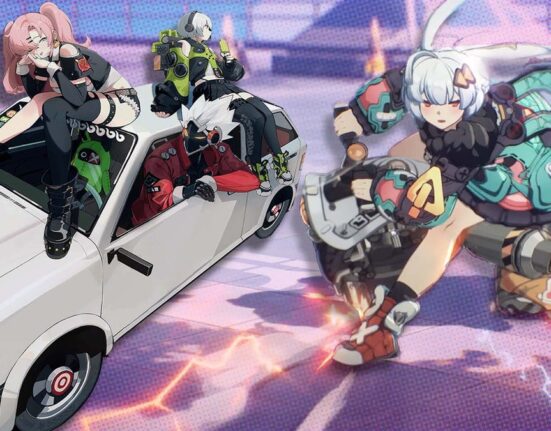
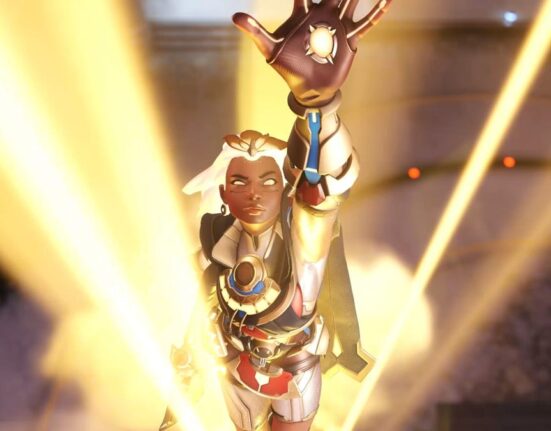
Leave feedback about this